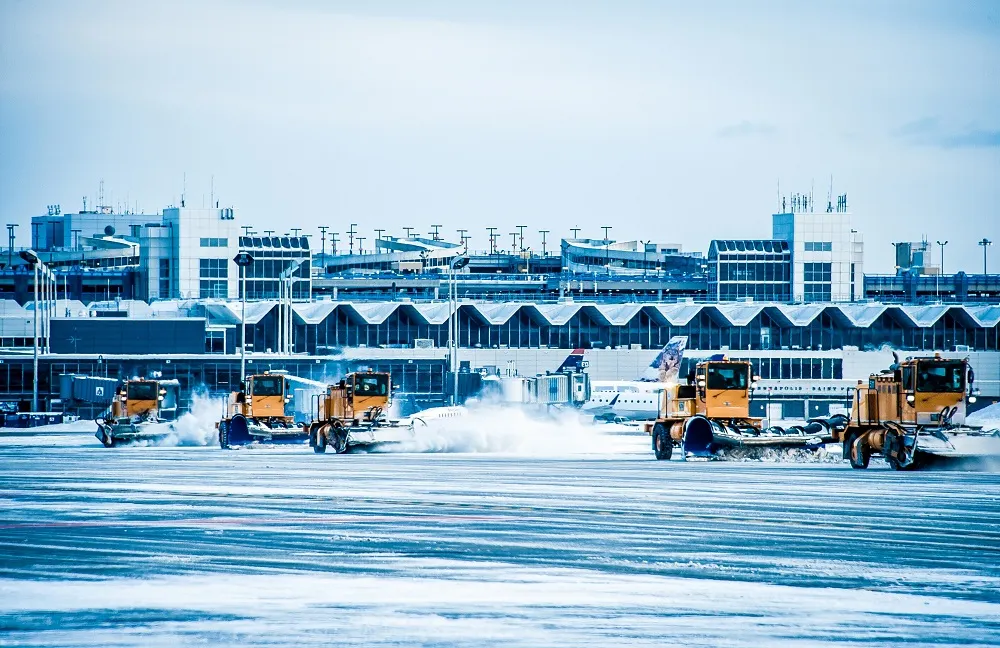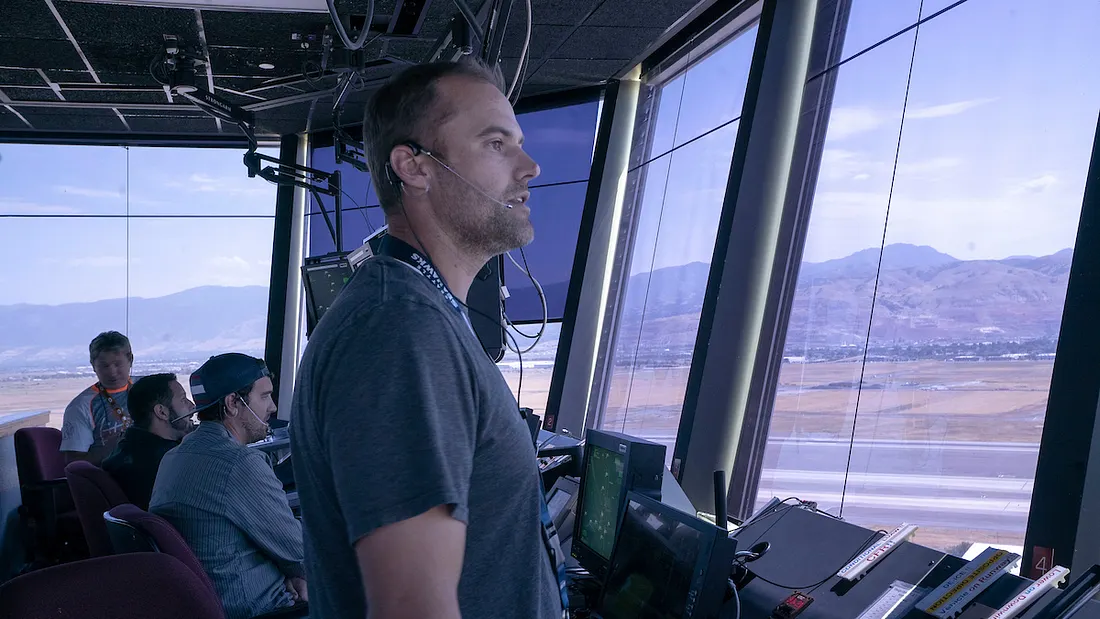From Frost to Flight
When frigid temperatures and snow head our way, the Federal Aviation Administration (FAA) makes sure you fly safely from takeoff to touchdown.
From tracking winter storms alongside the National Weather Service to testing new ice and snow removal methods for aircraft and airport surfaces, the FAA’s work starts long before a snowstorm hits and continues during and after.
After a storm hits, airports jump to action to resume operations as safely and quickly as possible. This includes removing snow, facilitating deicing and ensuring ramp surfaces are safe for aircraft, ground crews and passengers.
Let’s look at ways the FAA keeps you safe during winter weather.
Snow and Ice Control
It takes a lot of effort, proper equipment and materials to clear snow from a runway and taxiway — snowplows, blowers, brooms, deicing chemicals, and workers to do the job. It’s important to do it right and for airports to have an effective snow and ice control plan with highly trained personnel. Without efficient snow clearing, visibility and surface traction for planes could be compromised, leading to safety or delay issues. Snow can also obscure runway markings, signs and lighting which are essential for pilots to safely navigate from the passenger ramps to the runways and taxiways. Proper snow removal helps maintain airport operations and minimizes disruptions during severe winter weather without damaging airfield surfaces.

Deicing
As precipitation falls and freezes on an aircraft, ice collects on the plane, reshaping the surface of the wings and tail. Even a small amount of ice can change a plane’s aerodynamics, creating more drag and less lift. That’s why crews spray planes with special, colored deicing fluids — protecting the wings and tail section to help prevent them from re-icing before takeoff, either at the gate or a designated deicing location. The color indicates the type of deicing fluid and helps personnel ensure complete coverage.
Using wind tunnel tests, computer simulations, and observations in natural conditions, the FAA establishes policies for deicing to ensure aircraft are aerodynamically ready for takeoff. As new deicing fluids are developed, FAA researchers will continue to evaluate their effectiveness.
Air Traffic Control
When winter weather strikes, the FAA uses ground delays and reroutes to keep flights safe and moving as efficiently as possible.

From clearing snow off runways to deicing planes to heating roadways on the ground, the FAA is committed to aviation safety.
